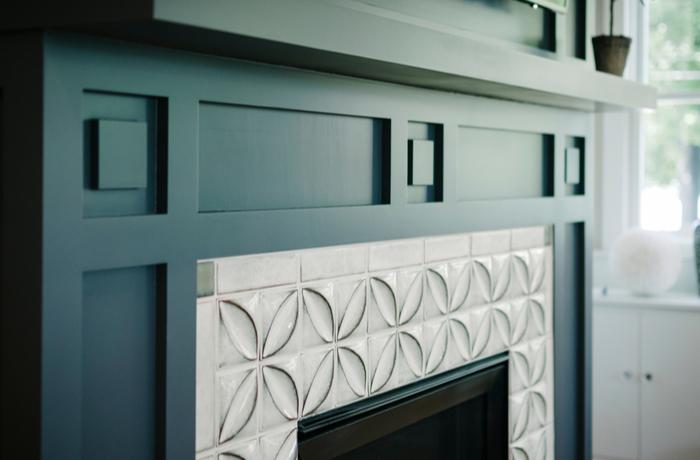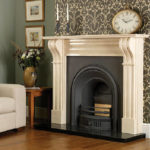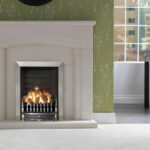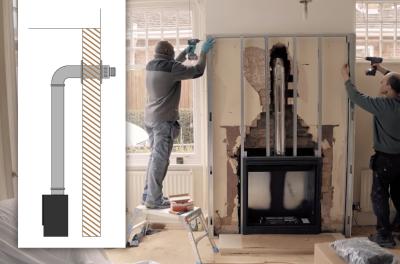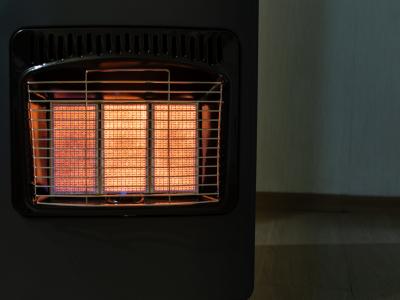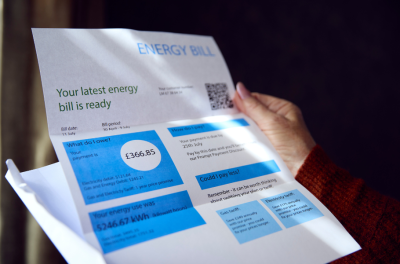We use cookies to improve your experience and our business. See our privacy/cookie policy or continue browsing to accept our use of cookies. View our cookie policy.
How to Paint a Fireplace
A fireplace is the centrepiece of a room, providing heat and a space to place trinkets or photos. It’s also a popular DIY object for painting.
There are numerous reasons to paint a fireplace. One may be that you’ve moved home and an old or tired-looking fireplace prevents the room’s decor from coming together.
Related: Traditional Fireplace Ideas
While the original fireplace may no longer work, you may want to house an electric fire or gas fire within the structure. Alternatively, if the chimney is too damaged to fit a fire, then painting the fireplace is a fantastic idea to spruce-up your room. In one go, you can remove any soot and dirt while matching your fireplace with its surrounding interior style.
Read more to find out how to paint a fireplace, the process involved, and which paint is best...
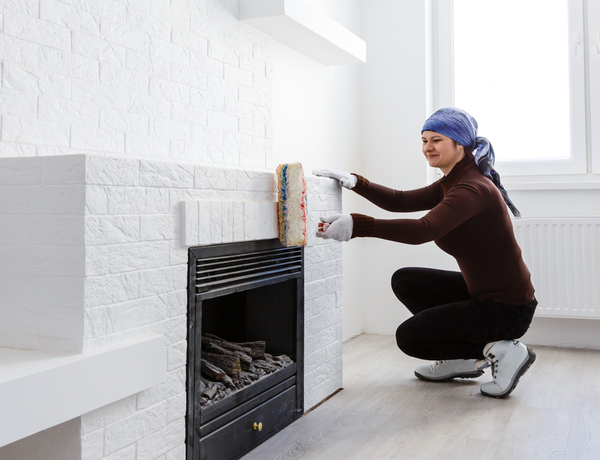
How to paint a brick fireplace
Painting a brick fireplace surround is a more straightforward DIY job than you might think and involves similar steps to painting a wall or any other surface.
Related: Fireplace Surrounds Buying Guide
Which paint should I use?
If your fireplace is still active - either with an actual wood fire or featuring an electric or gas fire, you’ll need a heat-resistant paint. Whichever paint you choose, remember to consider your decor. Ask yourself whether you want your fireplace to blend in or stand out.
For painting on brick, you will also need a primer and a sealer. If you have an active fireplace, this will prevent soot from coming through and staining the paintwork. If not, then primer will help make your topcoat of colour stand out much more. You can buy a three-in-one primer from most hardware and garden centres.
What’s the process?
Cleaning the fireplace
You’ll need a wire scrubbing brush with soapy water to ensure your paint dries properly when applied. Leave your fireplace to dry overnight.
Related: Tips For Cleaning Your Fireplace
Painting the fireplace
1. Put a primer down first, ideally, you’ll have a three-in-one primer which includes a primer, sealer, and undercoat.
Remember to put down sheets to avoid getting paint and primer on your flooring or walls!
2. Use a roller to apply your primer, but you may still need a brush to go over any missed spots.
3. See if there are any cracks to be filled in with caulking. Let the caulking dry if this is the case.
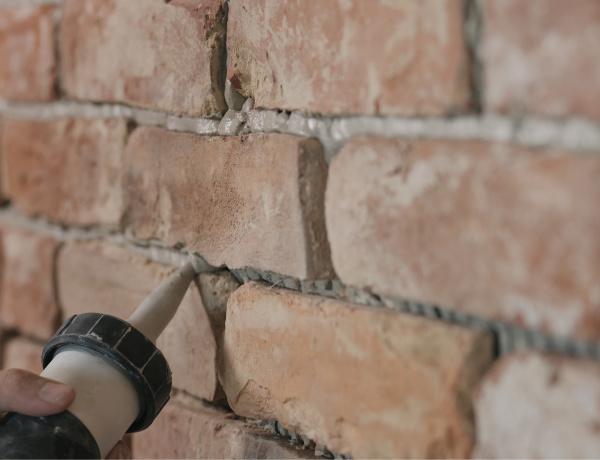
4. Apply your second coating of primer
Two layers of primer will ensure that soot does not come through to stain your topcoat.
5. Start painting on the topcoat once the primer has dried - with heat-resistant paint, if necessary.
What can go wrong?
One of the main things that can go wrong when painting your fireplace is that you can drop paint over the floor! This is why you need to put sheets down beforehand.
Using the wrong paint or not using a primer can lead to dirt and soot coming through to ruin your paintwork. Another issue would be that you will see the bare brick through the paint - which defeats the whole object.
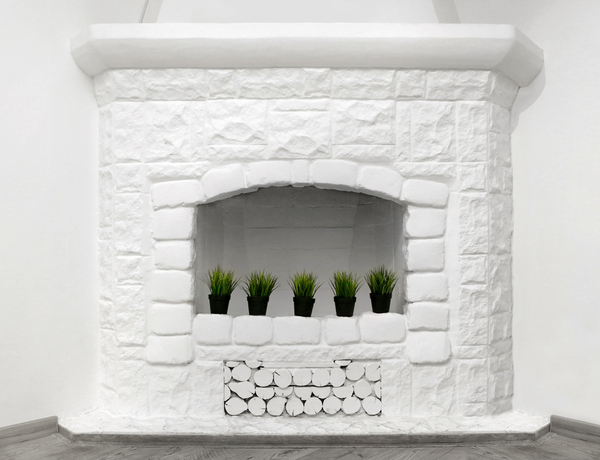
Can You Paint a Stone Fireplace?
You can paint a stone fireplace, and it is incredibly similar to a brick fireplace for the process involved.
Related: Different Types of Stone Fireplaces
Which paint should I use?
Painting a stone fireplace is similar to painting a brick fireplace. If your stone fireplace is active, you’ll need a heat-resistant paint.
For painting a stone fireplace, you will also need a primer and a sealer, both of these are available in a three-in-one, which includes an undercoat. If you have an active fireplace, this will prevent soot from staining your paintwork. A primer will help make your topcoat stand out and prevent the bare brick showing through.
What’s the process?
Cleaning the fireplace
First of all, you’ll need to clean your fireplace’s stonework. You’ll need a wire scrubbing brush with soapy water.
Even if your fireplace hasn’t had wood or coals in it for years, soot and ash could still be on the masonry. Use your scrubbing brush to remove any dirt or dust, as this will ensure your primer and paint dries properly when applied and has maximum effect.
Leave your fireplace to dry overnight.
Painting the fireplace
1. You need to put a three-in-one primer down - which includes a primer, sealer, and undercoat - using a roller
Remember to put down sheets to avoid getting paint and primer on your flooring or walls!
2. Use a brush to go over any missed spots.
3. Once your primer is dry, use caulking to fill in any cracks in the stonework. Let the caulking dry before applying your second coat of primer.
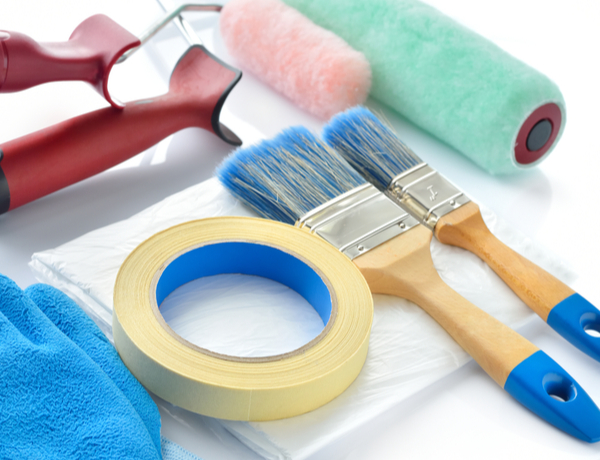
Two layers of primer will ensure that soot does not come through to stain your topcoat.
4. Start painting on the topcoat once the second coat of primer is completely dry. If your fireplace is still active, use heat-resistant paint.
5. If your fireplace is for decoration, you can use indoor paints.
What can go wrong?
The potential problems, like the painting process, are the same as when painting a brick fireplace - see above.
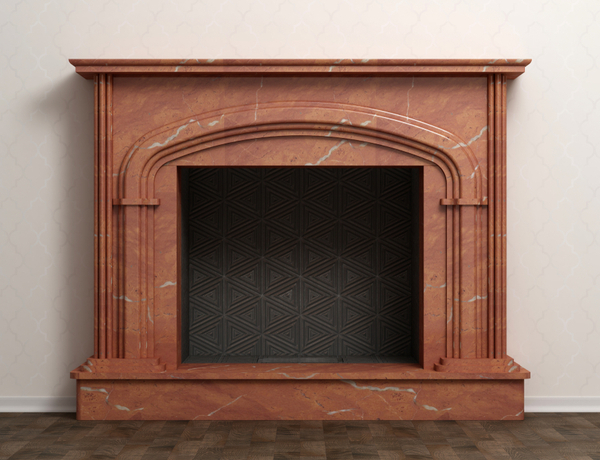
Can You Paint a Marble Fireplace?
You can paint a marble fireplace and its surround. A marble fireplace adds visual appeal to any area of the home, attracting instant attention.
Related: Boarded-Up Fireplace Ideas
Marble is a natural stone which is heavy and expensive to replace, so, painting it can restore its lustre and your room's style with a contemporary overhaul. Some bold colour can reinvigorate a tired-looking fireplace, you just need to follow some simple steps.
Which paint should I use?
For painting on marble, you’ll need to get your hands on latex-based or chalk paint in a single, flat colour. This paint will need to go on top of a three-in-one primer which will include an undercoat and prevent soot and dust coming through from your fire.
In painting the marble, you lose the natural stone touch, but you can choose the colour and refresh the surround if it is looking rather tired. There is no reason why you cannot reinvigorate it with a marble-effect paint finish.
What’s the process?
1. Clean the marble to remove grease, soot and dirt - anything that can affect painting.
2. If you find any cracks, fill them in with caulking and allow it to dry.
3. Sand the entire fireplace down with sandpaper to remove the stone’s gloss - this makes applying primer easier. Wipe it down to remove dust.
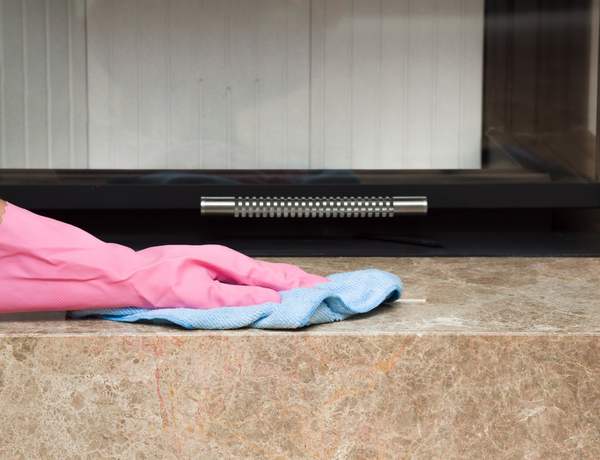
Remember to put down sheets to avoid getting paint and primer on your flooring or walls!
4. Put a three-in-one primer down - which includes a primer, sealer, and undercoat. Leave to dry.
Two layers of primer will ensure that soot does not come through to stain your topcoat.
5. Paint on the topcoat once the second coat of primer is completely dry. Use heat-resistant paint, if needed.
What can go wrong?
If you forget to sand the marble, this could mean that your primer does not set right on the stone - potentially not setting at all as marble is much cooler than other stone.
Remember to use heat-resistant paint, if possible, especially if your fireplace is still active. Otherwise, your paintwork may not last as long as you hoped for.
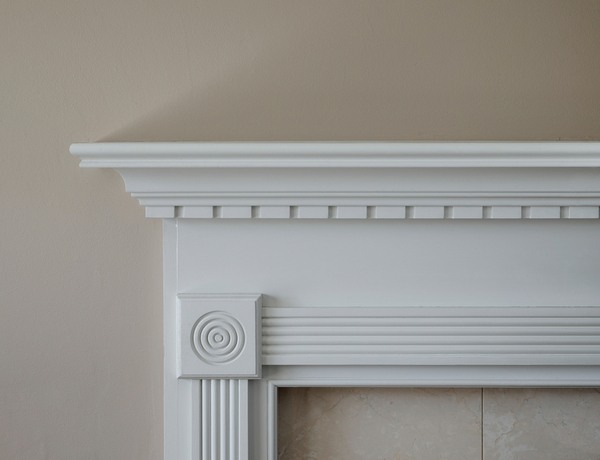
Can I Paint a Wooden Fireplace?
You can paint a wooden fireplace or mantel and they are some of the most common fireplaces found in homes.
Related: Wooden Fireplace Surrounds
Painting a wood fireplace is no different to any other wooden fixture or trim in your home. Due to wood fireplaces being so common, you can use a variety of colours and finishing effects, such as matt or satin. Just follow our simple steps.
Which paint should I use?
Semi-gloss paints - enamels - are a good choice for painting your fireplace or mantel, but will need repeated cleaning, like you would with a painted door. You will need to apply multiple coats of paint for a bold finish. Chalk or wood-specific paint will be best.
If you still burn wood in your fireplace, you may need a primer under the paint to prevent soot and dirt coming through to ruin the paintwork.
What’s the process?
1. If the fireplace mantle is stained and varnished, sand it down thoroughly and wipe clean. Sanding will even the surface and remove any chips.
2. Apply a primer onto the mantel using a brush. A small roller may work, depending on the design of the fireplace.
If your fireplace has previously been painted, you won’t need a primer, just sand and wipe it clean.
3. Apply your paint with a brush - this will work better than a roller if your mantel is not flat.
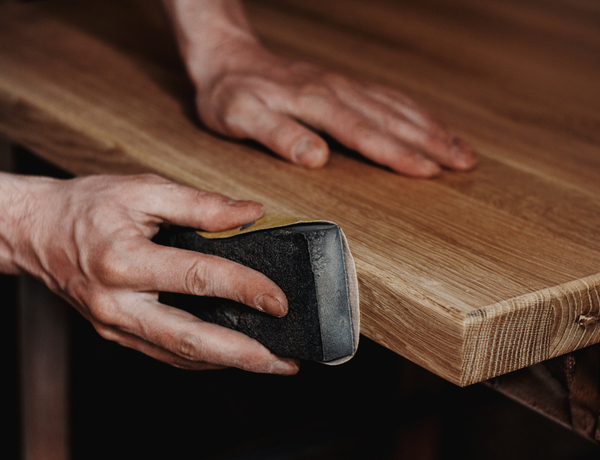
4. You will need multiple coats of paint to really make the colour stand out. Three thin should be enough and cover-up brush strokes.
Remember to put down sheets to avoid getting paint and primer on your flooring or walls!
5. If a previous paint coat is smooth and lightly coloured, you could simply paint over it.
What can go wrong?
If you forget to sand the wood, this could lead to uneven paint and leave chips unattended. This will also be the same if a previous coat of paint is cracked or old, which can affect your new topcoat.
Remember to use heat-resistant paint if your fireplace surrounds a stove or furnace. This may limit the colours available but will protect the paintwork.
Shop a huge range of fire surrounds online at Direct Fireplaces – make the most of our price match and free delivery!
Visit the Direct Fireplace Blog for advice and inspiration…
Guide to the Different Types of Stone Fireplace | Guide to Fireplace Surrounds and Mantels | Choosing the Right Fire For Your Chimney & Flue Type
[related_products is_auto_added="1"]direct fireplaces
Latest posts by direct fireplaces (see all)
- Which Electric Fireplace Gives the Most Heat? - February 5, 2021
- Retro Fires and Retro Stoves for the Home - January 22, 2021
- Do I Need a Fireplace in My New Home? - January 20, 2021

